Ellen Browning Scripps
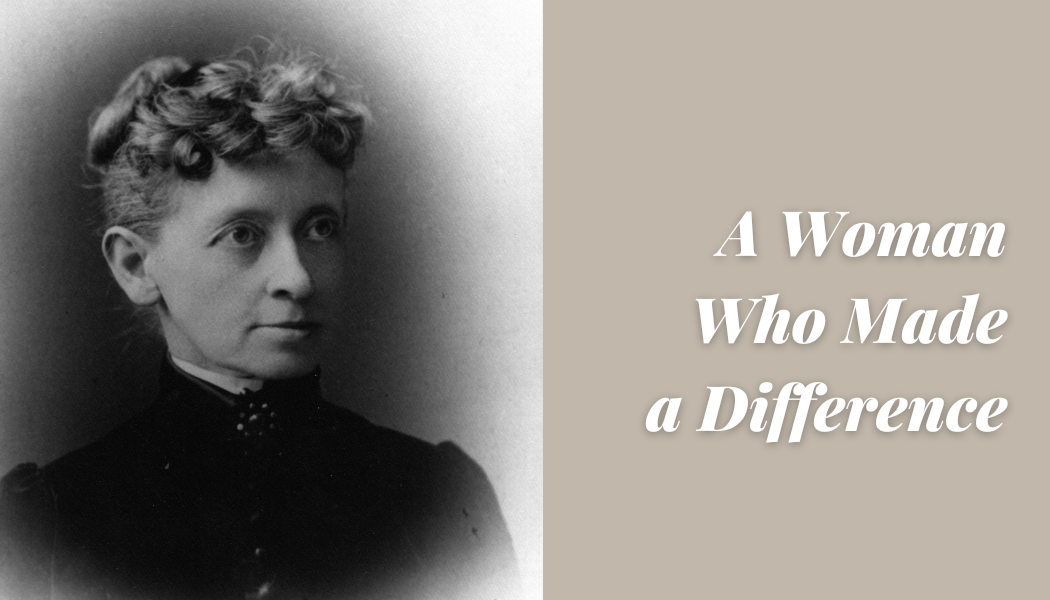
Ellen Browning Scripps (1836-1932) was a philanthropist and journalist who co-founded the Scripps Institution of Oceanography, founded the Scripps College, the Scripps Memorial Hospital and Metabolic Clinic, and helped establish the San Diego Zoo. She was an advocate for women's education and the suffrage movement and donated generously to educational institutions, including the Public Library, the Woman's Club, the Bishop's School, the Community House and Playground, Children's Pool, La Jolla High School, the Natural History Museum, etc. Scripps was also a pioneering journalist who co-founded several newspapers and was known for her commitment to objective journalism and social causes. She passed away at the age of 96, leaving behind a lasting legacy of philanthropy and journalism.
Resources:
1. Photographs of Ellen Browning Scripps:
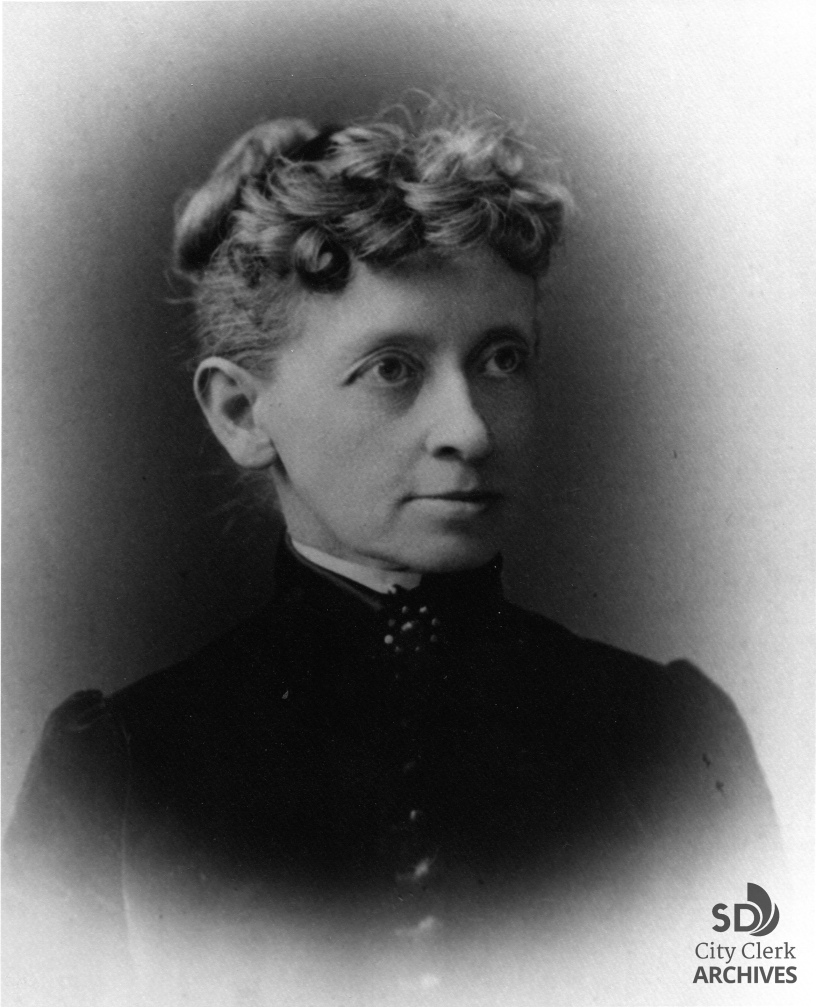 | 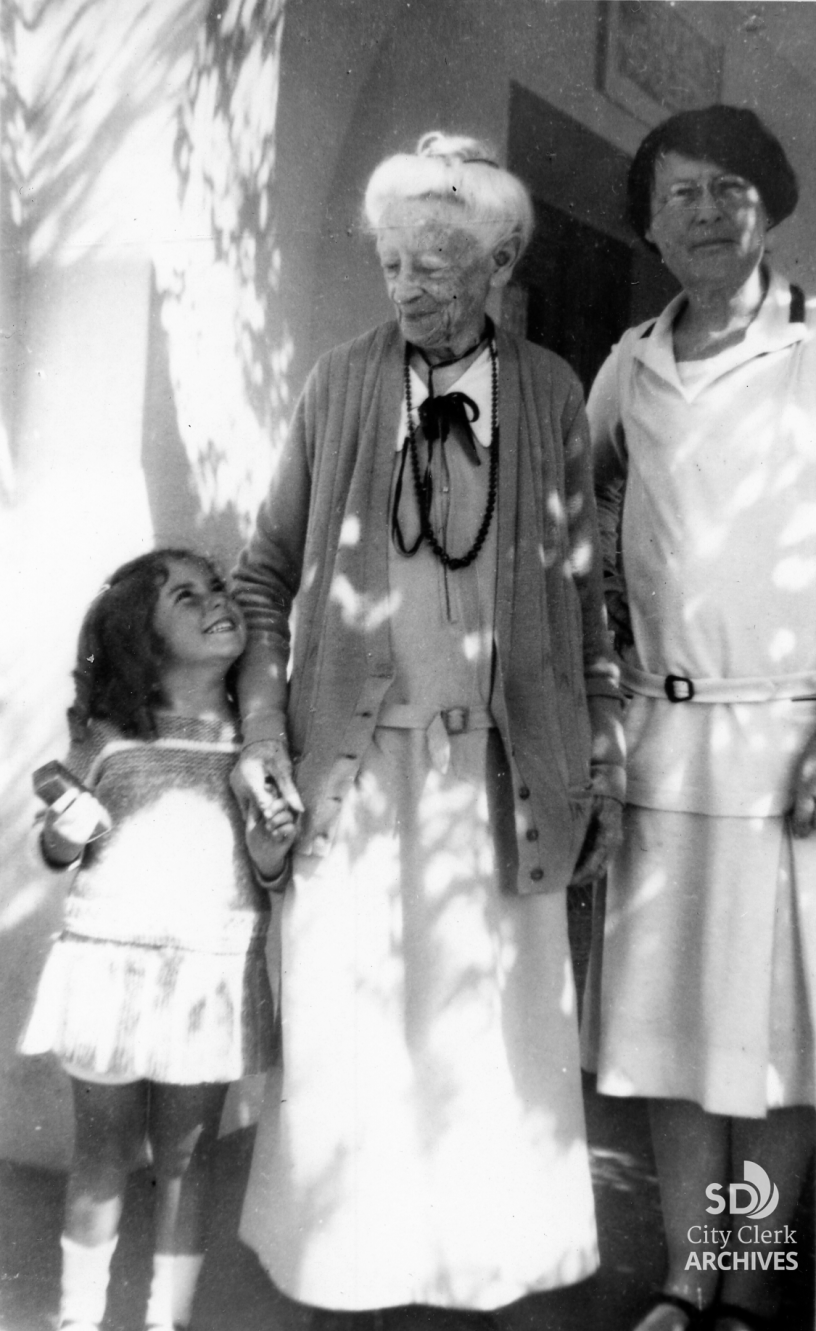 |
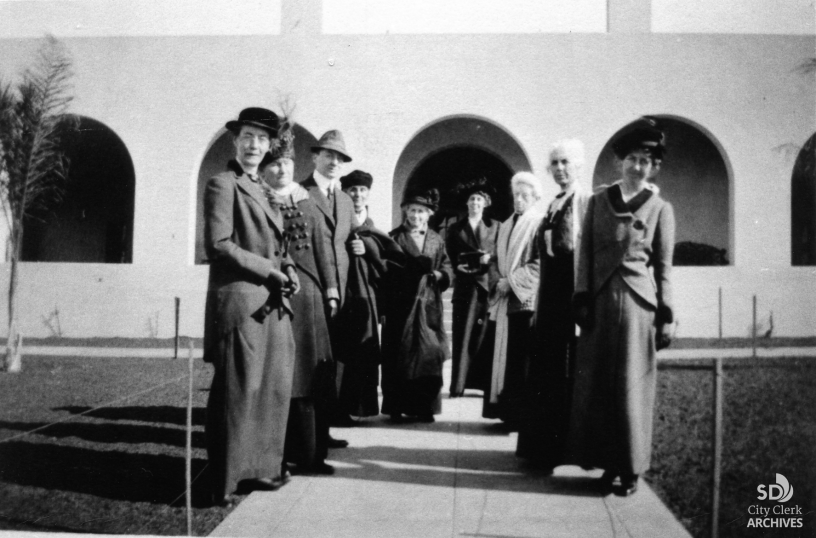 | 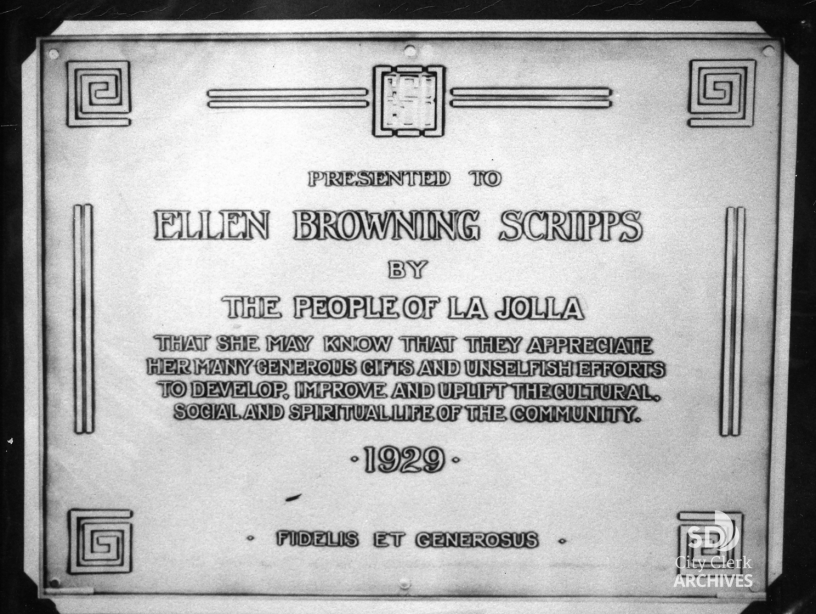 |
2. Documents & Resolutions:
3. Additional resource:
- Video: Ellen Browning Scripps (Women's Museum of California)
- Ellen Browning Scripps Biography (UCSD Library)
- Ellen Browning Scripps (1836-1932) (San Diego History Center)
- Ellen Browning Scripps: Founder of Scripps Memorial Hospital and Scripps Metabolic Clinic in La Jolla (Scripps Health)
- The La Jolla of Ellen Browning Scripps (By Molly McClain)
For Middle & High School Students:
Tools:
1. Analyze a Photograph 2. Analyze a Document
Lesson Objectives:
Students will learn about the life and achievements of Ellen Browning Scripps and analyze how her philanthropic work impacted our society.
Lesson Preparation:
Biographical information about Ellen Browning Scripps (see above)
Documents and videos about the institutions she founded or supported, such as Scripps College, Scripps Institution of Oceanography, and the Bishop School, etc. (see above)
Worksheet with questions for analyzing photographs and documents (see above)
Lesson Procedure:
Step 1: Show a picture of Ellen Browning Scripps and ask students if they know who she is or what she is famous for. Allow students to share their guesses.
Step 2: Provide a brief biography of Ellen Browning Scripps, highlighting her life accomplishments, such as her role as a newspaper publisher, her philanthropic work, and the institutions she founded or supported. Use visuals to engage students, such as videos and pictures.
Step 3: Provide introduction articles or videos about the institutions Ellen Browning Scripps founded or supported, such as Scripps College, Scripps Institution of Oceanography, Scripps Health, the Bishop's School, and Scripps National Spelling Bee. Divide students into small groups and ask them to read or watch one of these sources and answer questions about it. For example, students could write a brief summary of the institution's purpose and impact on society.
Step 4: Give students a worksheet with questions and activities related to Ellen Browning Scripps's life and philanthropy. Such as:
- What motivated Ellen Browning Scripps to become a philanthropist?
- How did Ellen Browning Scripps's contributions change the world around her?
- What are some of the challenges that Ellen Browning Scripps faced during her lifetime?
- How did Ellen Browning Scripps's values influence the institutions she founded or supported?Step 5: Allow students to share their answers and discuss their findings as a group. Ask them to reflect on what they learned about Ellen Browning Scripps and how her work influenced society. Encourage them to think about the role of philanthropy in shaping communities and how they can make a difference in their own lives.
Summary:
“The most important and beautiful gift one human being can give to another is, in some way, to make life a little better to live.” Ellen Browning Scripps devoted herself to consistently implementing her words into action. She died at the age of 96, but her philanthropy continued well beyond her death. Her contributions during her lifetime, and through her legacy, led to the development of many notable places, organizations, and cultural institutions around San Diego and ensured that these places will serve San Diego for generations to come.

